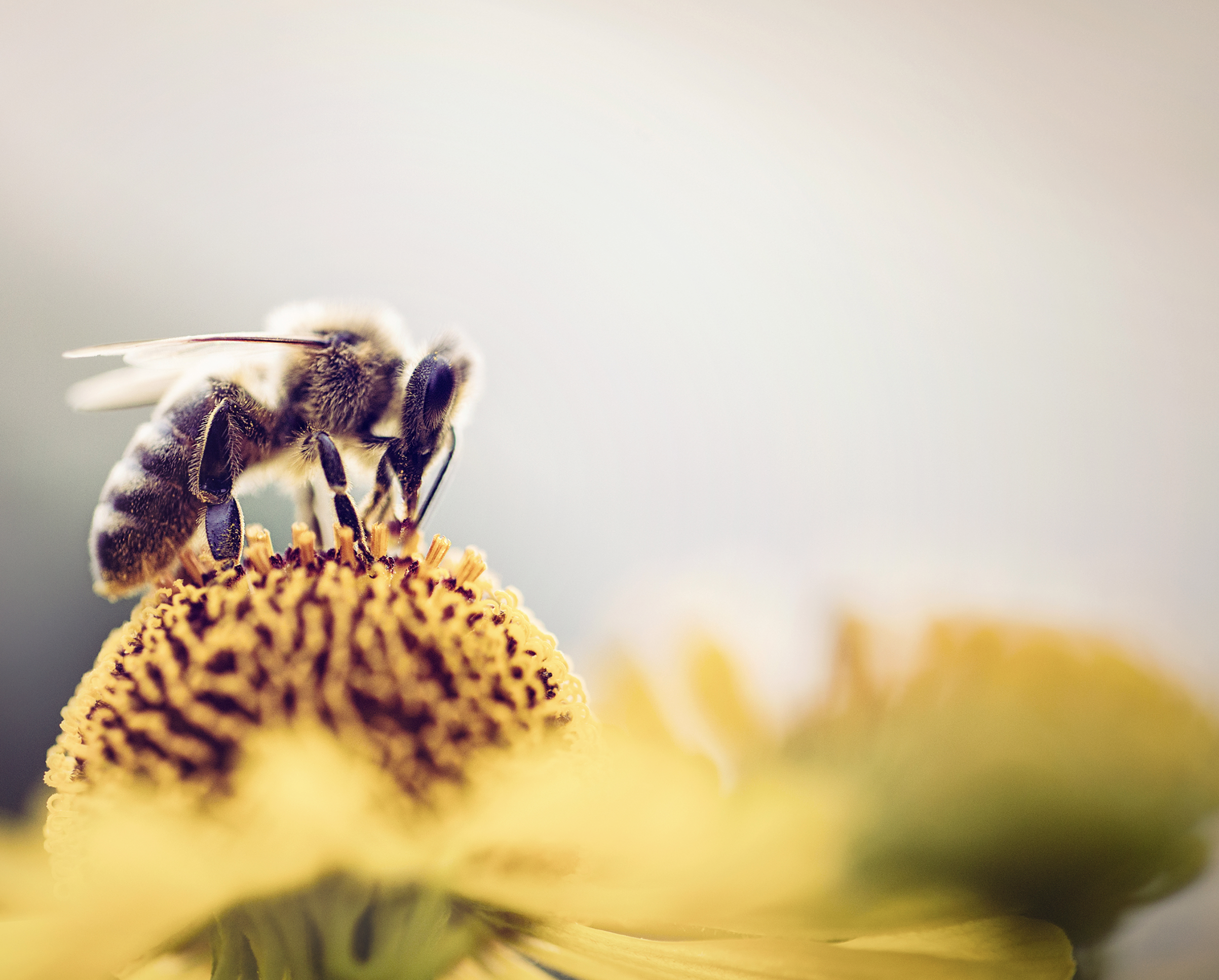
Introduction
In the delicate dance of nature, pollinators emerge as unsung heroes, facilitating the reproduction of plants upon which countless species, including humans, depend. From the industrious buzz of bees to the graceful flutter of butterflies, these tiny creatures hold immense significance in maintaining the balance of our ecosystem. Yet, their populations face unprecedented challenges, battling habitat loss and the perils of pesticide exposure. In this article, we delve into the pivotal role of pollinators and explore actionable steps to preserve and foster their vital presence in our world.
The Importance of Pollinators
Pollinators, such as bees, butterflies, and hummingbirds, play a crucial role in our ecosystem. They help plants to reproduce by transferring pollen from one flower to another. Without pollinators, many of the fruits and vegetables we enjoy would not exist. Unfortunately, many pollinator populations are in decline due to habitat loss and pesticide use. But there are things you can do to help.
Creating a Pollinator-Friendly Garden
One of the best ways to support pollinators is by creating a pollinator-friendly garden. Here are some tips to get started:
-Plant a variety of flowers that bloom throughout the growing season. This will provide food for pollinators all year long.
-Choose native plants whenever possible. Native plants are adapted to your local climate and soil conditions, making them more attractive to local pollinators.
-Include a variety of flower shapes and colours to attract a diverse group of pollinators.
-Provide a source of water for pollinators, such as a shallow dish with rocks for bees to land on.
-Avoid using pesticides, as they can harm pollinators. Instead, try natural pest control methods like companion planting or introducing beneficial insects.
Specific Plants to Attract Pollinators
While many types of flowers can attract pollinators, some are especially attractive to certain types of pollinators. Here are some examples:
-Bees: Bee balm, lavender, salvia, and sunflowers are all great choices for attracting bees.
-Butterflies: Milkweed, coneflower, and butterfly bush are all popular with butterflies.
-Hummingbirds: Trumpet vine, bee balm, and cardinal flower are all favourites of hummingbirds.
Other Ways to Support Pollinators
In addition to creating a pollinator-friendly garden, there are other ways you can support pollinators. Here are a few ideas:
-Buy local honey from a beekeeper to support local bee populations.
-Participate in citizen science programs, such as the Great Sunflower Project or the Monarch Larva Monitoring Project.
-Advocate for pollinator-friendly policies in your community, such as reducing pesticide use in public spaces or planting pollinator habitats in parks and other public areas.
Conclusion
By taking steps to create a pollinator-friendly garden and supporting pollinator populations, you can make a difference in the health of our ecosystem. Not only will you enjoy the beauty of pollinators in your garden, but you’ll also be supporting the production of the food we all rely on.
FAQ:
Q: How can I attract bees to my garden?
A: Bees are attracted to a variety of flowers, especially those that are blue, purple, or yellow. Try planting bee balm, lavender, salvia, or sunflowers to attract bees.
Q: What can I do to help butterfly populations?
A: Butterflies prefer flowers with flat, wide petals that provide a landing pad. Plant milkweed, coneflowers, and butterfly bushes to attract butterflies to your garden.
Q: Can I attract hummingbirds to my garden?
A: Yes! Hummingbirds are attracted to brightly coloured, tubular flowers. Plant trumpet vine, bee balm, and cardinal flower to attract hummingbirds to your garden.
Q: Is it safe to use pesticides in my garden?
A: Pesticides can harm pollinators, as well as other beneficial insects like ladybugs and praying mantises. Instead, try natural pest control methods like companion planting or introducing beneficial insects.





